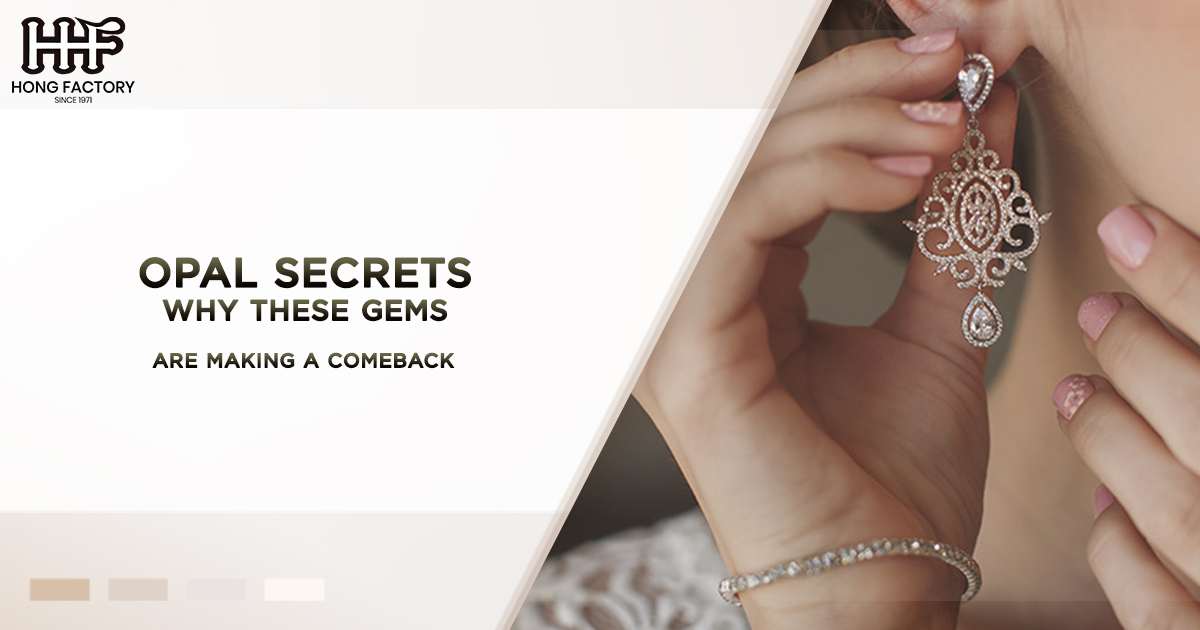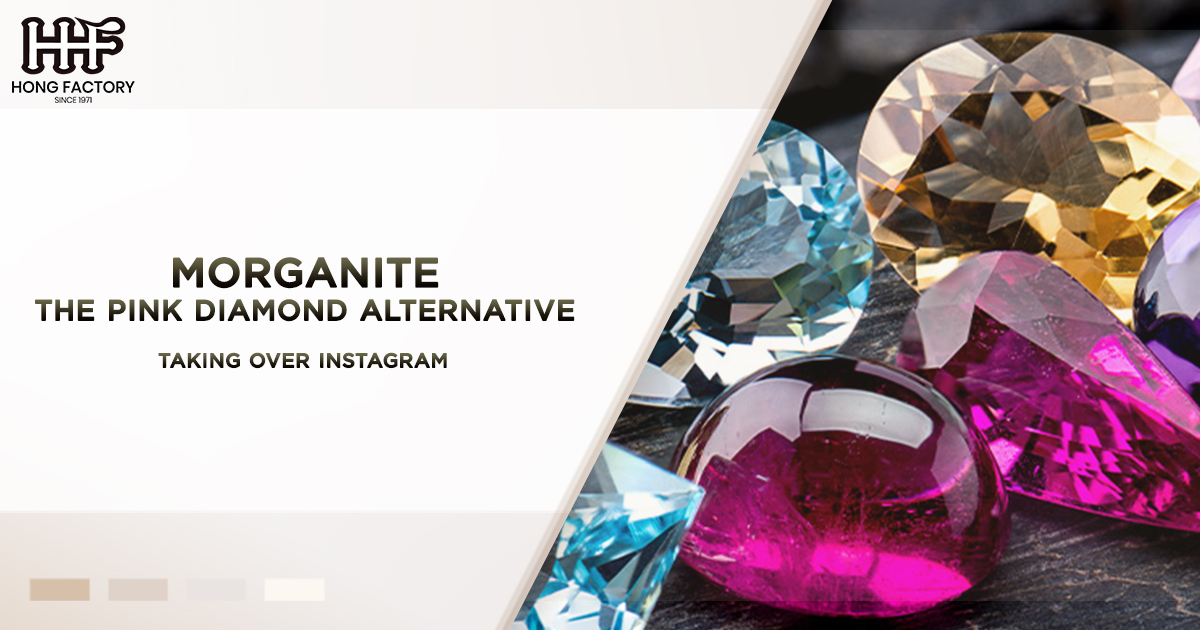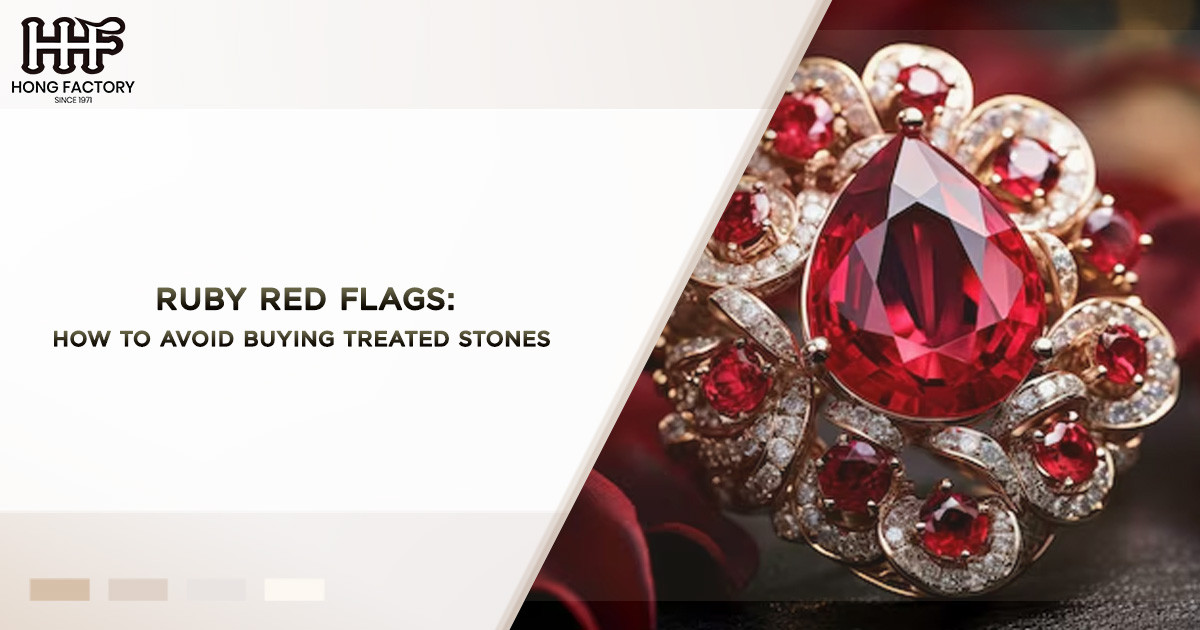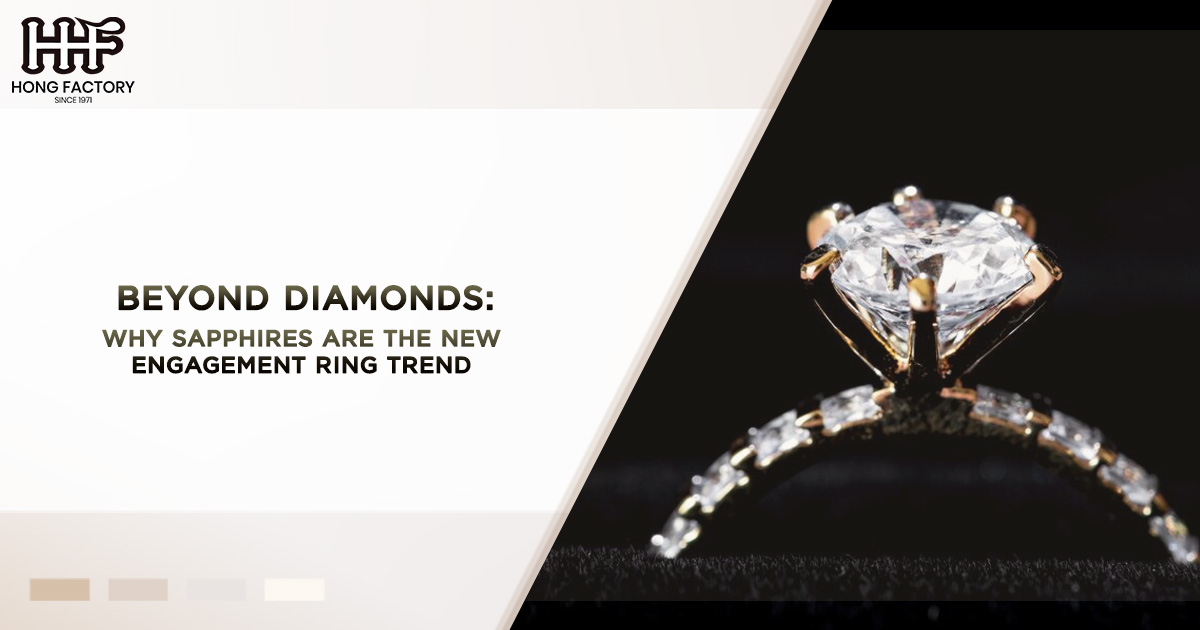Opals, with their mesmerizing play of colors, have fascinated humans for centuries. Once overshadowed by diamonds and other precious gems, opals are now making a significant comeback in the world of jewelry and gem investment. In this article, we will explore the allure of opals by examining the various types, the factors influencing their value, essential care requirements, and current market trends. We’ll incorporate keywords such as opal jewelry, precious opals, opal care, and gem investment to provide a comprehensive understanding of these captivating stones.
Types of Opals
Opals are unique among gemstones due to their dazzling display of colors, known as “play-of-color.” This optical phenomenon makes each opal distinct. Understanding the different types of opals is crucial for appreciating their beauty and value.
1. Precious Opals
Precious opals are highly sought after for their vibrant play-of-color. The most famous varieties include
– Black Opals: Originating primarily from Lightning Ridge, Australia, black opals are revered for their dark body tone that emphasizes the gem’s play-of-color. These are among the most valuable opals due to their rarity and striking appearance.
– White Opals: With a lighter body tone, white opals showcase a more subdued play-of-color than black opals but are still highly prized, especially those with vivid color patterns.
– Crystal Opals: Known for their translucent to transparent body, crystal opals exhibit a brilliant play-of-color visible throughout the stone, making them highly desirable in opal jewelry.
2. Common Opals
Common opals, or “potch,” lack the play-of-color that characterizes precious opals but can still be appreciated for their pastel hues and interesting patterns. They are often more affordable and used in various decorative objects.
3. Fire Opals
Fire opals, predominantly mined in Mexico, are noted for their fiery shades of yellow, orange, and red. While they may not always have a play-of-color, their vibrant body colors make them distinct and popular in jewelry designs.
Value Factors
The value of opals is determined by several key factors, each contributing to their uniqueness and desirability in the gem market.
1. Color
The intensity and range of colors exhibited by an opal are primary determinants of its value. Opals displaying a broad spectrum of bright, vivid colors are generally more valuable. Red and orange hues are particularly prized, as they are rarer compared to blue and green.
2. Pattern
The arrangement of colors on the opal’s surface, known as its pattern, can greatly impact its value. Desirable patterns include harlequin, pinfire, and floral, which are appreciated for their distinct and striking appearance.
3. Clarity and Transparency
The clarity of an opal, or the presence of inclusions, affects its aesthetic appeal. Crystal opals with high transparency and minimal inclusions are often more valuable. However, some inclusions can enhance the gem’s visual interest.
4. Size and Shape
Larger opals with well-proportioned shapes typically demand higher prices, though smaller stones with exceptional color and pattern can also be valuable. The cut and shape should maximize the play-of-color and enhance the stone’s natural beauty.
Care Requirements
Opals require special care due to their delicate nature. Proper opal care ensures that these gems retain their beauty and luster over time.
1. Avoiding Heat and Chemicals
Opals are sensitive to sudden temperature changes and harsh chemicals, which can cause cracking or discoloration. It is essential to remove opal jewelry before engaging in activities like cleaning or swimming.
- Humidity Control
Opals contain water within their structure, making them vulnerable to dehydration in dry conditions. Storing opals in a padded box with a slightly damp cloth can help maintain optimal humidity levels.
- Regular Cleaning
Opals should be cleaned gently using a soft cloth dampened with mild soapy water. Avoid using ultrasonic cleaners or harsh abrasives, which can damage the stone’s surface.
Market Trends
The resurgence of opals in the market can be attributed to several evolving trends and consumer preferences in the jewelry industry.
1. Sustainable and Ethical Sourcing
Consumers are increasingly seeking gemstones that are ethically sourced and environmentally friendly. Many opal mines, particularly in Australia, adhere to sustainable practices, improving the appeal of opals as a conscientious choice for gem investment.
2. Unique and Personalized Jewelry
The unique nature of opals, with no two being exactly alike, aligns perfectly with the growing demand for personalized opal jewelry. Consumers are drawn to the individuality of opals, making them a popular choice for custom pieces.
3. Fashion and Design Influence
Designers are incorporating opals into contemporary jewelry pieces, creating bold and innovative styles that highlight the stone’s natural beauty. This trend has contributed to opals becoming a staple in high-end fashion.
4. Rising Investment Interest
Due to their rarity and increasing demand, precious opals are gaining popularity as a form of gem investment. Investors are attracted to the potential appreciation in value and the aesthetic pleasure of owning such stunning gems.
Conclusion
Opals are truly remarkable gemstones with a rich history and an alluring beauty that captivates collectors, designers, and investors alike. Understanding the types of opals, value factors, care requirements, and current market trends is essential for appreciating why these gems are making a significant comeback.
As the demand for unique, ethically sourced, and aesthetically pleasing gems grows, opals are poised to maintain their prominent position in the jewelry market. Whether you seek opal jewelry for its captivating play-of-color or as a valuable gem investment, these stones offer a timeless appeal that continues to enchant and inspire.



